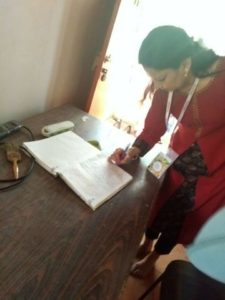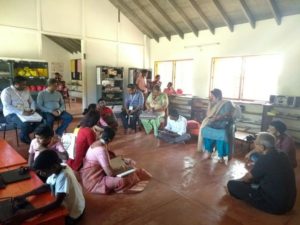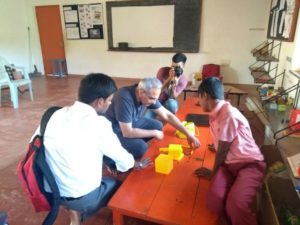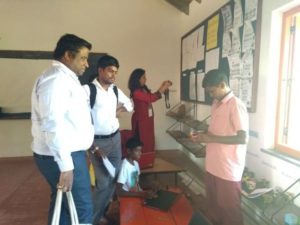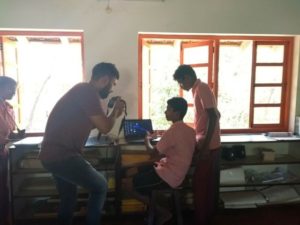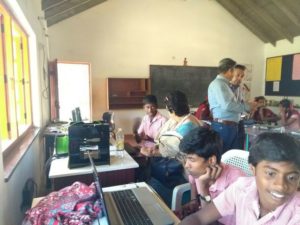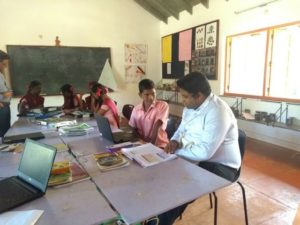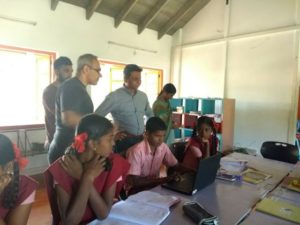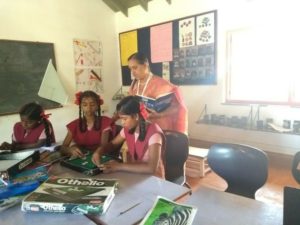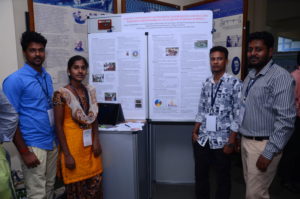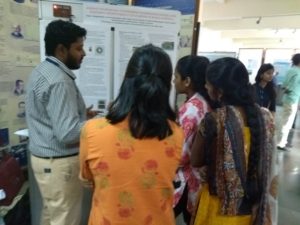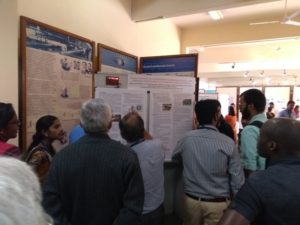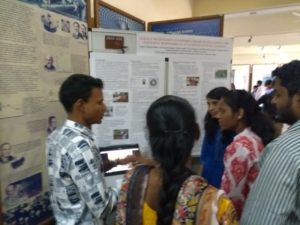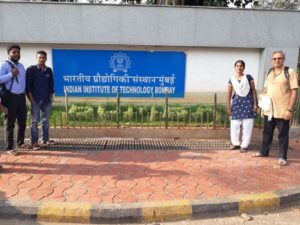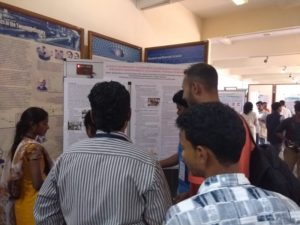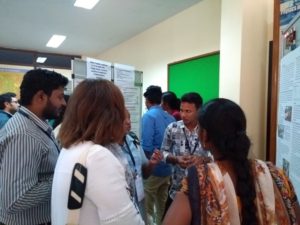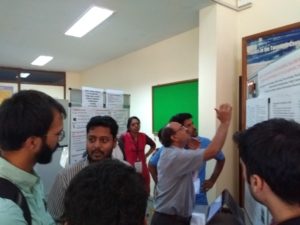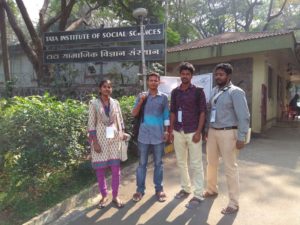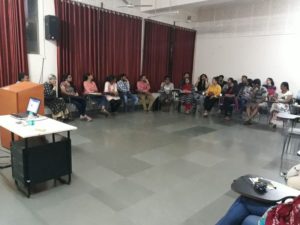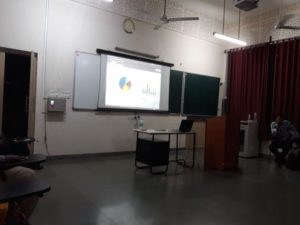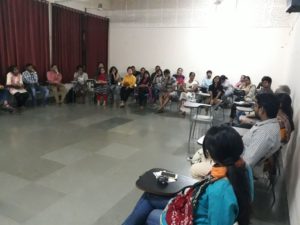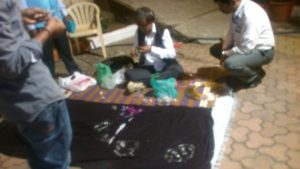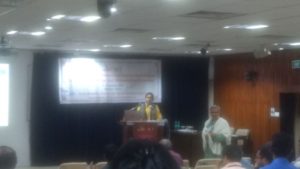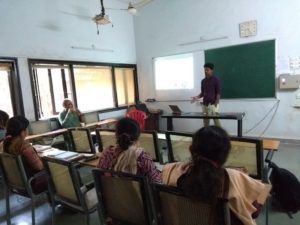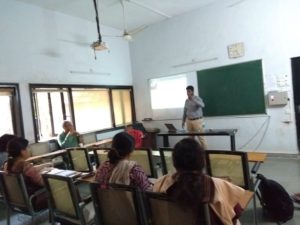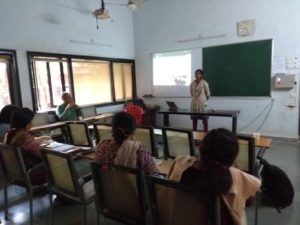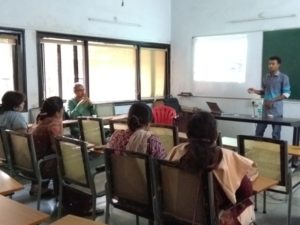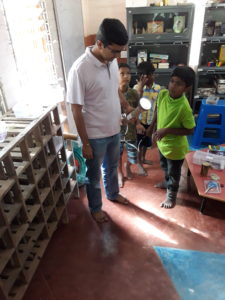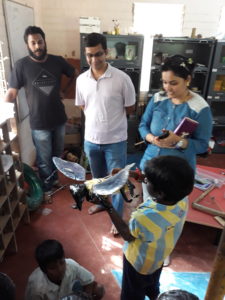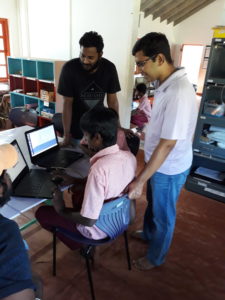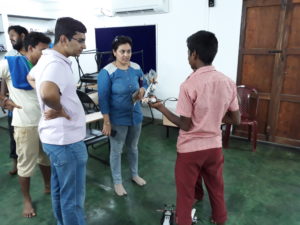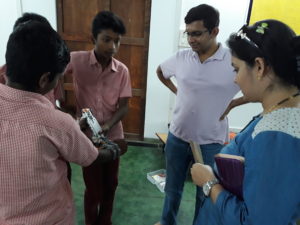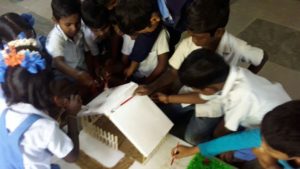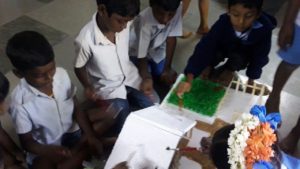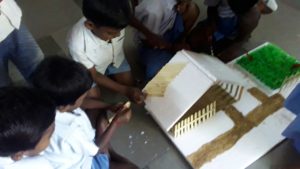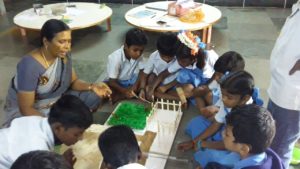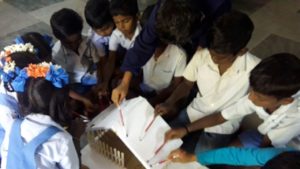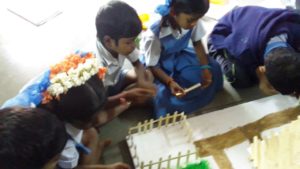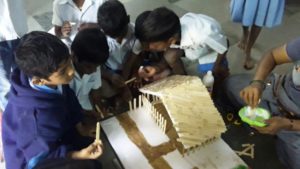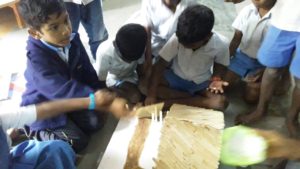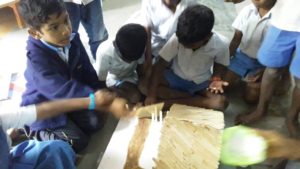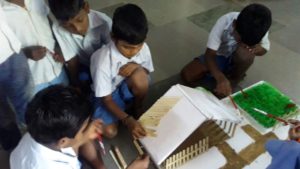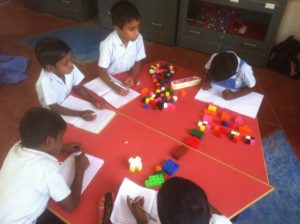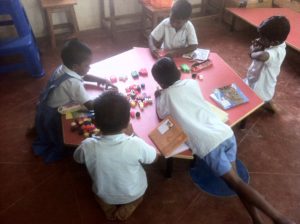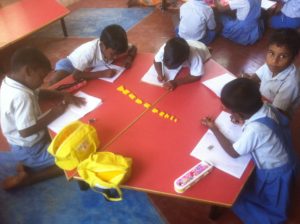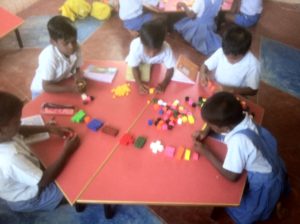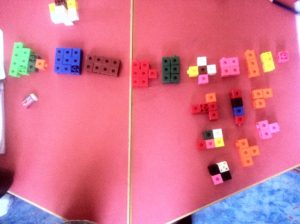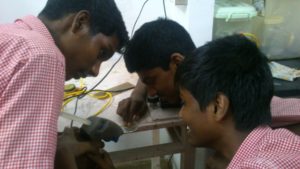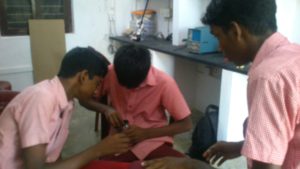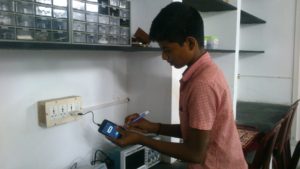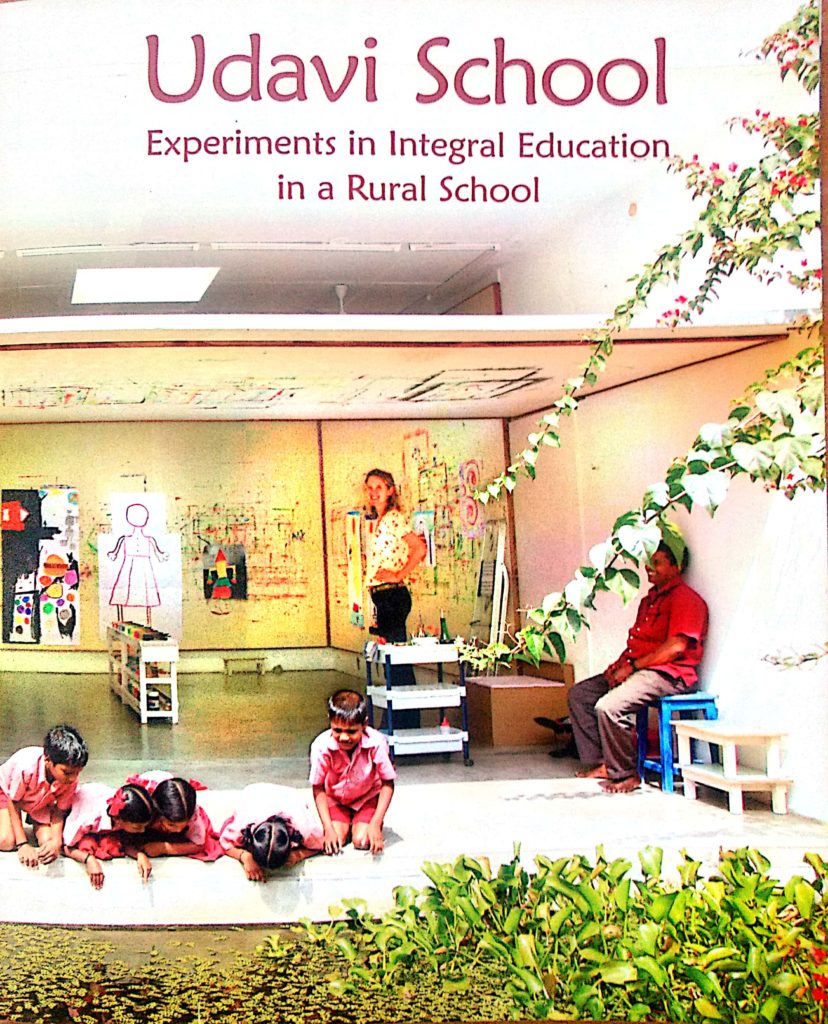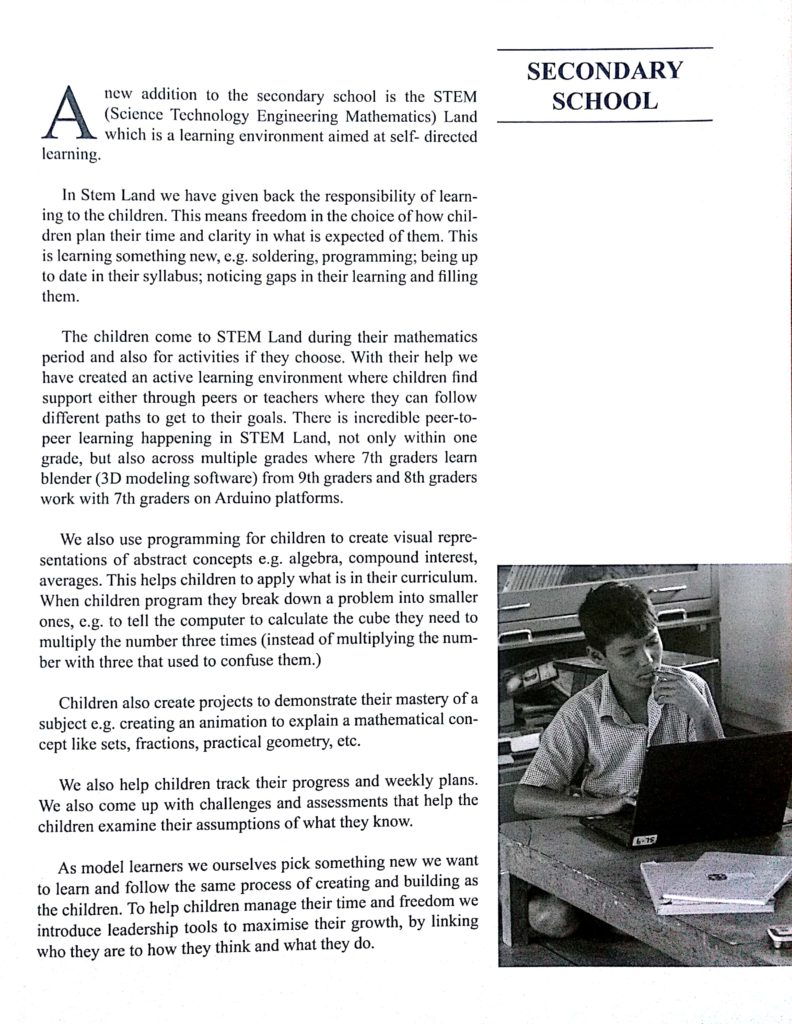About 22 principals of various schools from mind mingle had come to Auroville to visit schools in and around Auroville. They were split into two groups and one of the groups came to STEM land. They were about 10 principals. We gave a broader picture of what we do and how children learn in STEM land.
Then they went around STEM land and interacted with children. They saw the weekly puzzle, weekly plan. Children showed them how they fill their plan using the software, Hariharan solved Rubiks cube, on the other side Viknesh and kabilan were demonstrating their Makey Makey project in which they made a mouse using a rubber chapel.
They looked at the Montessori materials. At the next room children were printing a fidget spinner in 3D printer, some of them were working on Alice and scratch.
The principals were happy to see children printing 3D models and sat along with the children to learn how it works. Children showed their projects which they made in Scratch, Geogebra and Alice. Children gave the principals some cast puzzles and asked them to solve it. Some of them played games along with the children.
It was interesting to see children sharing their learnings with the principals from various states without any hierarchies. Each one of the teachers learnt something from the children and were happy to be STEM land. At the end they wrote about how they felt being in STEM land. They said STEM land is a nice learning environment with freedom. One of the principals said that she was touched with what we do and wanted to implement it by herself.